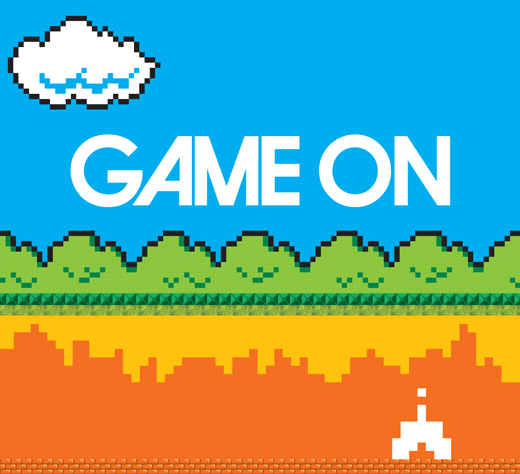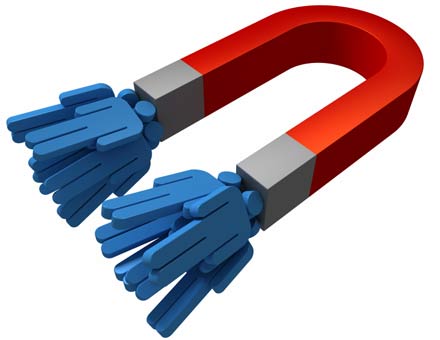What is SEO? and why is it important to my business?
SEO stands for Search Engine Optimization and to put it simply it is the process of making improvements on and off your website to gain better search engine results. This will lead to more visitors finding your website and for the right reasons.
Let me take a step back and explain what a search engine is. Have you ever wondered how Google works? Search engines are simply trying to find and understand all the information on the entire internet and then deliver search results based on relevance and authority according to what a user is looking for.
They do this by using very smart, and very proprietary algorythms that determine how your content is written and implemented in code and how other sites on the internet are linking to you. This is incredibly complex and even still within a fraction of a second they will serve you results you are looking for.
Relevance: search engines are actually quite good at ranking results by relevance. Let’s take the keyword phrase “Dog Crates”. Search engines will be able to tell that a site that sell dog crates is of high relevance. They will also know that a site that sells animal carriers is also of interest, and what more impressive is that they know that website promoting pet food or dog toys are also may be of interest but are of less relevance.
Authority: Search engines also compare you to other sites by analyzing how other sites think of you. This is done mainly by links that are pointing to you by other site. You can think of links as a vote of trust on the internet. The bigger and more relevant the site that is linking to you the more authority the search engine attribute to your site and will rank you in kind.
But don’t get too caught in putting too much energy into getting links. It’s not a popularity contest and search engines are smart enough to understand when it’s being used as a tactic rather than links being based on actual content.
Now this is crucially important: There are folks that try to replace quality and relevant content on their site with SEO tricks. No single, or set of SEO tricks will ever help get your website infront of the eyeballs of the right people as well as quality content that is relevant to your target market.
I hope this helped answer the question, “What is SEO” and will be writing more specific tactics in later post so please stay tuned.
If you have any questions on this or other internet marketing topics please put them in the comments below.








